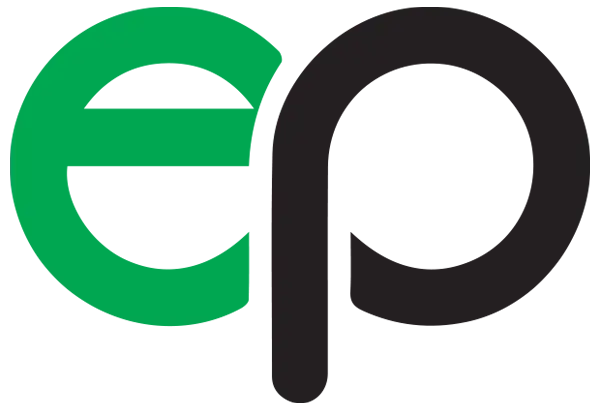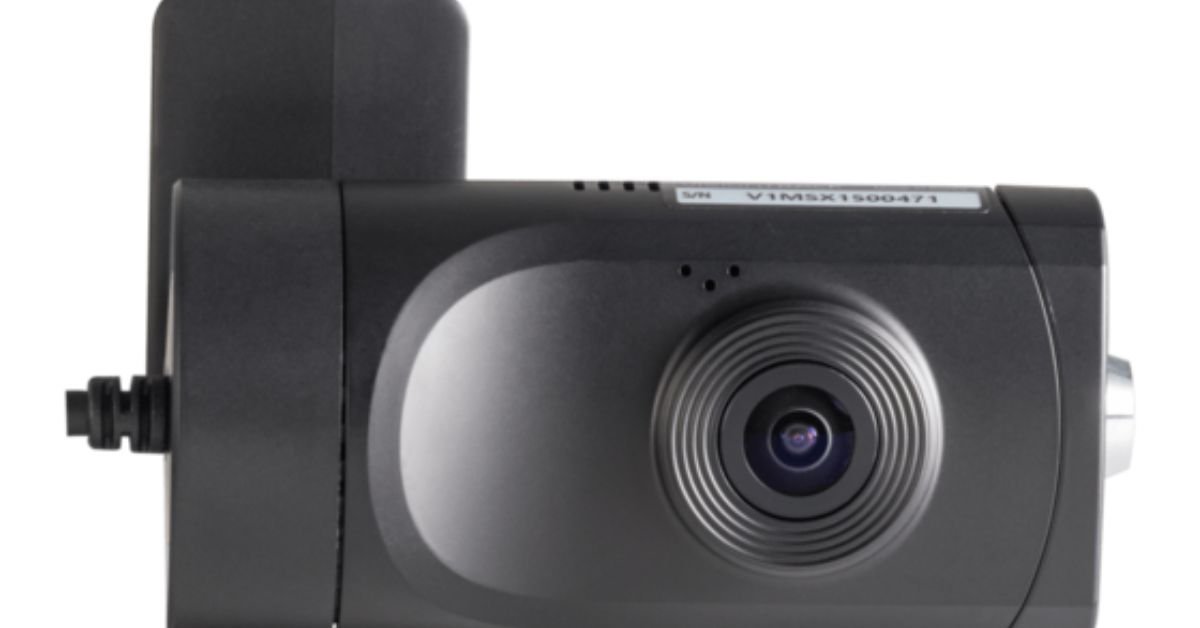The DEKRA VT1000 is a sophisticated tool designed to enhance industrial inspection through high-quality pitting images. Pitting images are vital in assessing corrosion and wear in materials, making them essential for industries like oil & gas, manufacturing, and construction. This article delves into the DEKRA VT1000’s role in pitting image analysis, covering its features, applications, and advantages. By exploring the device’s capabilities, this guide will demonstrate how it ensures precision, efficiency, and safety in industrial operations.
What is the DEKRA VT1000?
Overview of DEKRA as a Company
DEKRA is a global leader in testing, inspection, and certification, with a rich history of ensuring safety in various industrial sectors. Founded over 90 years ago, DEKRA has expanded its expertise to include industrial safety solutions, emphasizing technological advancements for better risk management and compliance.
Introduction to the VT1000 Device
The VT1000 is a state-of-the-art imaging device specifically engineered for industrial inspections. Equipped with advanced optics, it captures high-resolution images of pitting, making it easier to identify and assess corrosion. Key features include adjustable lighting, precise focus controls, and software integration for automated image analysis. Its versatility makes it suitable for industries ranging from oil & gas to aerospace.
Understanding Pitting Images
What Are Pitting Images?
Pitting refers to localized corrosion that creates small cavities or pits on a material’s surface. It is particularly common in metals and alloys, where exposure to moisture or chemicals can cause significant damage over time. Pitting images provide a detailed view of these imperfections, enabling accurate assessment of the material’s condition.
Role of Pitting Images in Industrial Inspection
Pitting images are critical for evaluating the extent of corrosion and wear on industrial equipment. They help identify areas that may compromise the integrity of pipelines, structural components, or machinery. Industries like oil & gas, construction, and manufacturing rely on pitting analysis to prevent failures and ensure safety.
Challenges in Capturing Pitting Images
Capturing accurate pitting images poses challenges such as poor lighting, difficult angles, and varying pit depths. Traditional imaging methods often struggle with these issues, but the DEKRA VT1000 overcomes them through advanced optical adjustments and automated analysis tools, ensuring clarity and accuracy.
How the DEKRA VT1000 Captures Pitting Images
Imaging Technology of the VT1000
The VT1000 is equipped with a high-resolution camera system capable of capturing intricate details of pitting. Its adjustable lighting and focus settings enable precise imaging, even in low-light conditions. The device’s flexibility in angle adjustments ensures that pits of all shapes and sizes are accurately documented.
Data Processing and Analysis
The VT1000 comes with software that automates the detection and measurement of pitting. It analyzes the size, depth, and density of pits, providing detailed reports for further evaluation. Machine learning algorithms enhance the analysis, allowing the system to adapt and improve over time for more accurate results.
User Interface and Ease of Use
The VT1000’s user-friendly interface simplifies the inspection process for operators. It includes intuitive controls for adjusting imaging settings, a streamlined data visualization dashboard, and easy integration with other systems. This design ensures that users can focus on analysis rather than technical adjustments.
Benefits of Using the DEKRA VT1000 for Pitting Analysis
Accuracy and Precision
The VT1000’s imaging technology delivers unparalleled accuracy in measuring pitting, ensuring that even the smallest imperfections are detected. This precision is crucial in applications like pipeline maintenance, where undetected corrosion can lead to significant safety hazards.
Time and Cost Efficiency
By automating the imaging and analysis process, the VT1000 reduces the time required for inspections. Compared to traditional methods, it offers faster results, saving both time and labor costs, making it an ideal solution for industries that require frequent inspections.
Improved Safety and Risk Management
Accurate pitting analysis helps industries identify corrosion risks early, preventing potential failures. The VT1000 plays a key role in maintaining equipment integrity, thereby reducing the risk of accidents and ensuring compliance with safety regulations.
Case Studies and Success Stories
Many industries have benefited from the VT1000’s capabilities. For example, oil refineries have used it to reduce maintenance time, while manufacturing plants have seen a significant increase in the lifespan of metal components. These success stories underscore the VT1000’s value in diverse industrial applications.
Applications of the DEKRA VT1000 in Various Industries
Oil and Gas
The VT1000 is particularly valuable in the oil and gas sector for pipeline inspection. It allows for precise monitoring of pitting, helping to prevent leaks and ensuring compliance with regulatory standards. A case study from a refinery highlights its effectiveness in maintaining safety.
Manufacturing and Metallurgy
In manufacturing, the VT1000 aids in detecting wear and corrosion in equipment and parts, enabling timely maintenance. This not only ensures operational continuity but also extends the lifespan of critical components.
Aerospace and Automotive
The VT1000 plays a crucial role in aerospace and automotive industries, where safety standards are paramount. It helps detect corrosion in aircraft components and automotive parts, ensuring that they meet strict industry requirements.
Energy and Infrastructure
From power plants to renewable energy equipment, the VT1000 is used for inspecting components critical to infrastructure. Its precise analysis helps maintain the safety and efficiency of structures like bridges, turbines, and other energy installations.
Comparison with Other Pitting Image Analysis Tools
Key Competitors in the Market
Several other tools provide pitting image analysis, but the VT1000 stands out with its advanced imaging capabilities and user-friendly interface. Competitors often lack the same level of detail or automation provided by DEKRA’s system.
Pros and Cons of the VT1000 vs. Competitors
The VT1000 offers superior accuracy and automation, but in some cases, simpler tools may be sufficient for less complex inspections. However, for industries requiring high precision, the VT1000’s advantages far outweigh its alternatives.
Cost-Benefit Analysis
While the VT1000 may represent a significant initial investment, its efficiency and precision offer long-term cost savings. Companies can benefit from reduced inspection times and better safety outcomes, making it a cost-effective solution in the long run.
Future Developments in Pitting Analysis Technology
Emerging Trends in Industrial Imaging
The field of industrial imaging is evolving with new advancements like 3D imaging and real-time data processing. These technologies are expected to further improve the accuracy of pitting analysis.
Role of Artificial Intelligence and Machine Learning
AI and machine learning hold promise for refining the VT1000’s capabilities. Predictive analysis could allow industries to anticipate corrosion risks and address them proactively, ensuring even greater safety.
DEKRA’s Plans for Future Models
While specific details about future models are limited, DEKRA is likely to continue innovating in pitting analysis technology. Potential upgrades may include enhanced imaging sensors and expanded software capabilities for even more efficient inspections.
Conclusion
The DEKRA VT1000 stands out as a powerful tool for pitting analysis, offering high accuracy, time efficiency, and enhanced safety. Its ability to produce detailed pitting images is crucial for maintaining equipment integrity across various industries. Investing in the VT1000 not only ensures compliance with safety standards but also supports long-term operational efficiency, making it a valuable asset for companies looking to optimize their inspection processes.





